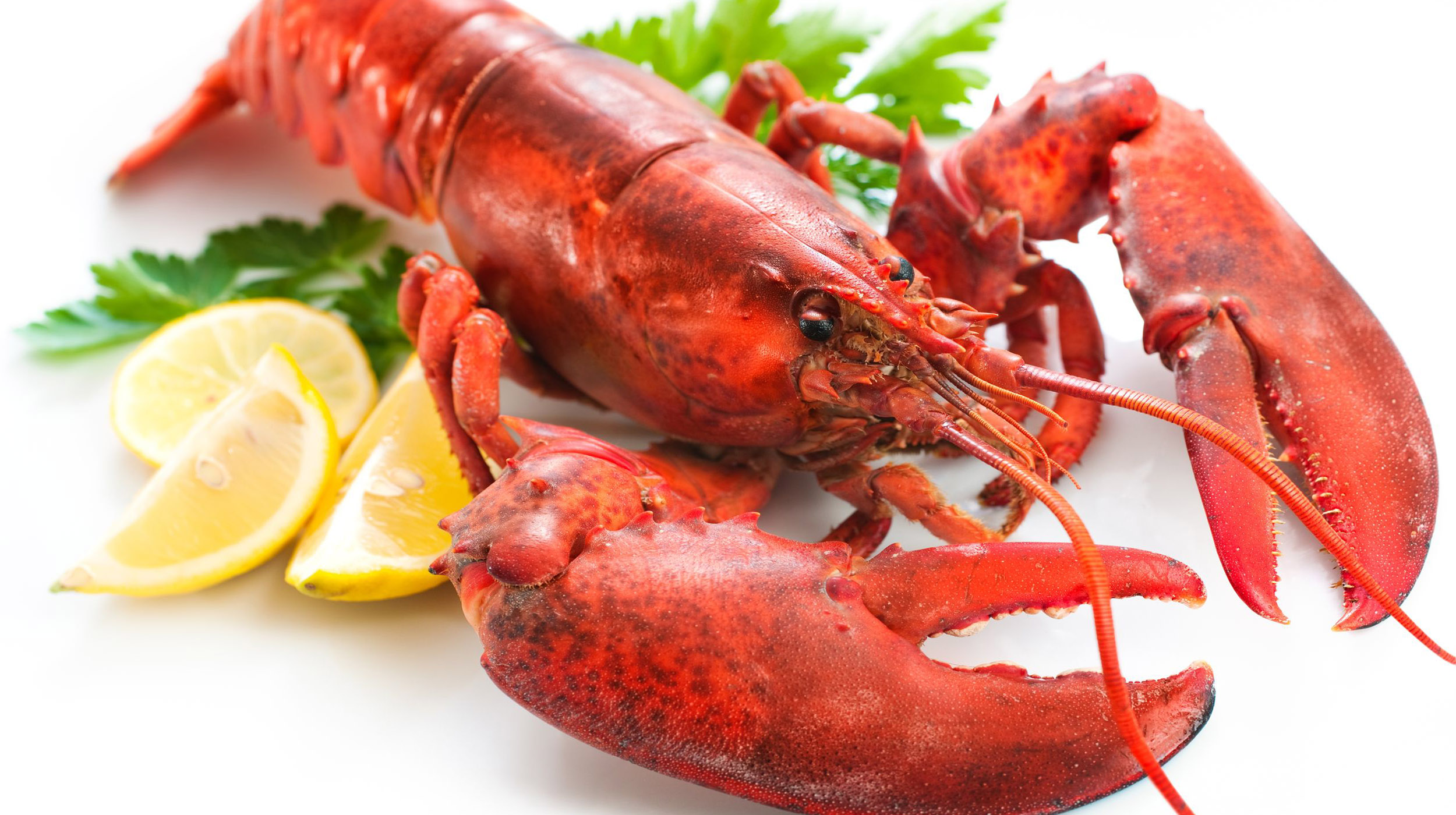The lobster has a nub of tissue called the plectrum. This soft tissue rubs over the soft surface of a fleshy file just below the lobster’s eye. The sticking and slipping motion over microscopic ridges on the file provides the lobster with its caustic sound. The sound not only resembles the violin’s mechanisms, it’s also created in the same way that rubbing a wet thumb over a balloon makes a squeak or the moving parts of a squeaky door hinge creak. “It’s like you were going to eat a sandwich and just before you bit it it makes a loud noise,” explains the researcher. “That might give you pause.”link via Swallowing Tacks
On murdering your food
